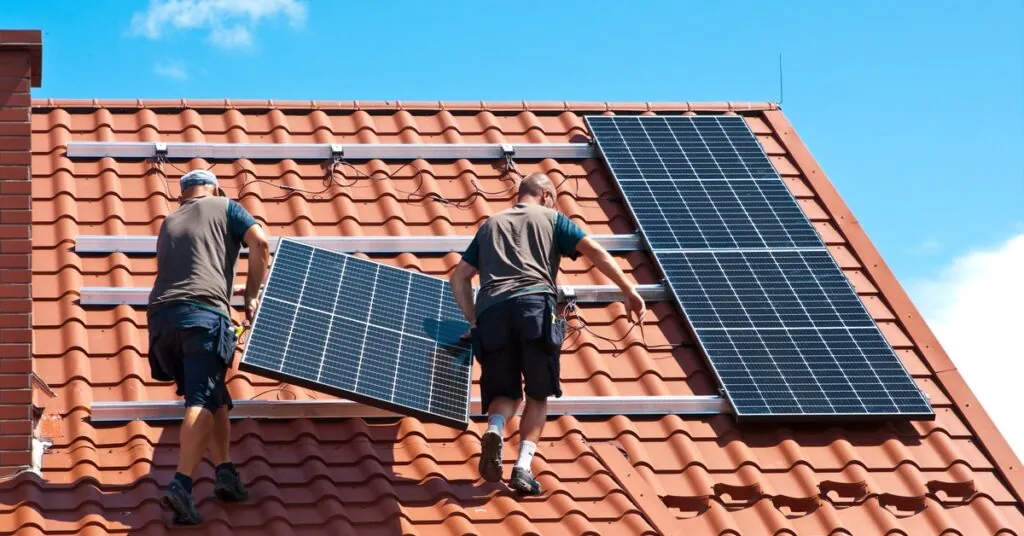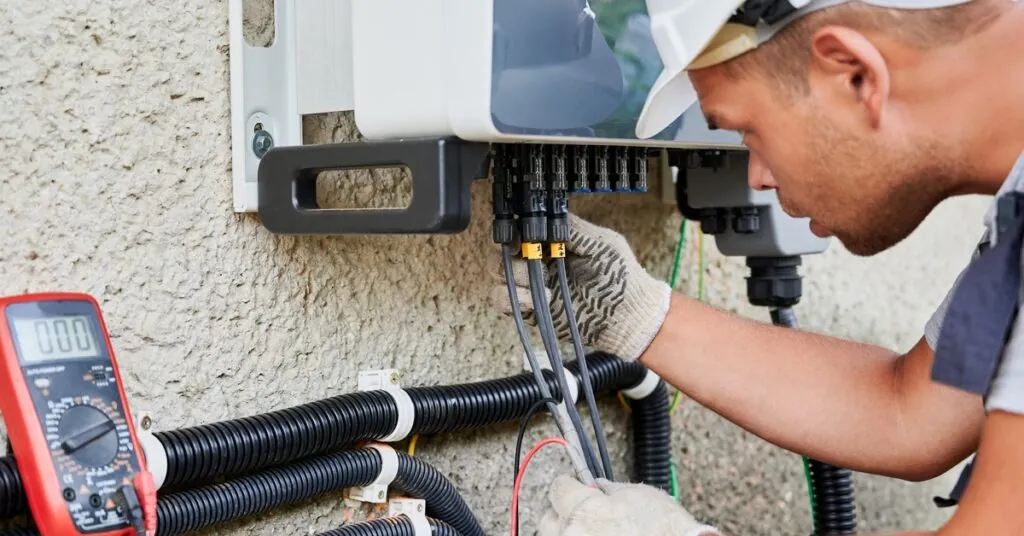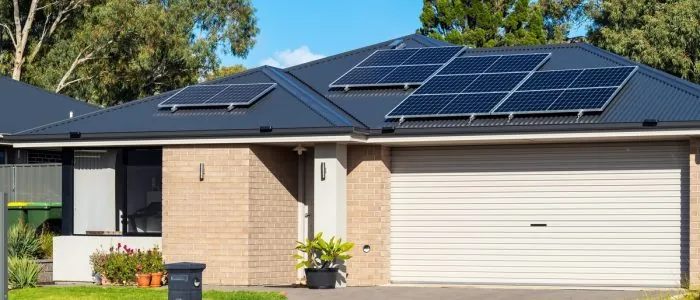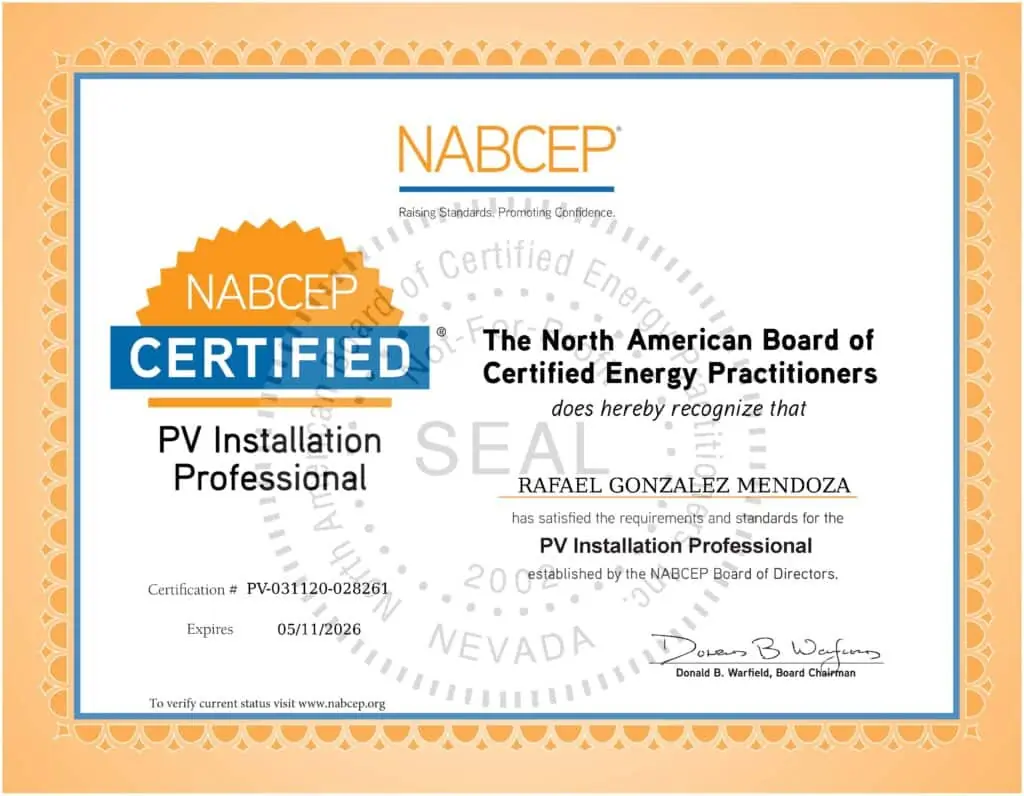Solar energy remains one of the most sustainable and cost-effective solutions for electricity generation, attracting homeowners and businesses seeking to reduce their reliance on traditional power grids. Harnessing the power of the sun minimizes environmental impact and offers long-term savings and energy security, making it an appealing alternative in today’s eco-conscious world.
However, navigating the intricacies of solar technology can be challenging, especially when understanding the equipment you need for a solar panel system. From photovoltaic panels to inverters and mounting structures, each component ensures that your solar panel system functions optimally. This guide serves as an essential starting point to demystify the process, empowering you with the knowledge needed to take steps toward a greener, more energy-efficient future confidently.
Solar Panels
Solar panels are the most visible and essential component of your solar energy system. Their primary role is to absorb sunlight and convert it into usable electricity using photovoltaic cells. Panels come in various types and sizes, including monocrystalline, polycrystalline, and thin-film options, making it essential to select the best fit for your specific needs.
The efficiency of solar panels depends on the materials used and their placement on your property. Consider these factors to maximize energy capture:
- Roof condition: Ensure your roof is in good shape and can support the weight of the solar panels before installation.
- Sunlight exposure: Evaluate the amount of direct sunlight your location receives to determine the potential energy output.
- Roof angle and orientation: Optimize the tilt and direction of the panels, typically facing south in the northern hemisphere, for maximum energy generation.
- Shading: Avoid areas with obstructions like trees, chimneys, or nearby buildings that may cast shadows on the panels.
- Energy needs: Assess your household’s electricity consumption to choose a system size that suits your requirements.
- Permits and regulations: Confirm local laws, regulations, and required permits for installing solar panels in your area.
- Budget and incentives: Consider the total installation cost and explore government incentives, tax breaks, or rebates that may reduce expenses.
Solar Inverters
Solar inverters convert the direct current (DC) generated by panels into alternating current (AC). Since most households and appliances use AC power, a reliable inverter is necessary for the system’s operation. Proper selection ensures compatibility with other components and enhances the system’s performance.
Different types of inverters, including string inverters, microinverters, and hybrid inverters, are suitable for varying setups. Choosing the right inverter depends on factors like panel configuration and energy requirements. Regular maintenance keeps the inverter functioning efficiently over its lifespan.
Mounting Systems

Mounting systems are an essential part of the equipment you need for a solar panel system because they secure the panels to your roof or ground, ensuring optimal positioning. These systems can withstand various environmental factors, including wind, heavy rain, and snow. Reliable mounting guarantees the panels remain stable and perform efficiently over the years.
There are different types of mounting setups, including fixed mounts and tracking systems. Fixed mounts are more cost-effective, while tracking systems adjust their angle to follow the sun. Proper installation enhances durability and maximizes sunlight exposure.
Batteries for Energy Storage
Batteries store excess energy generated during the day for use at night. They allow you to maintain power continuity even when sunlight isn’t available. Modern solar batteries offer advanced features, including scalable storage capacities and enhanced efficiency.
The type of battery you choose impacts the overall functionality and cost-effectiveness of the system. Lithium iron phosphate batteries are the best option due to their high energy density and long lifespan. Evaluate your energy consumption patterns to select the right battery type and size.
Charge Controllers
Charge controllers prevent overcharging and manage the flow of energy to the batteries. They regulate the voltage and current coming from solar panels, ensuring the system operates safely and efficiently. Proper integration enhances the lifespan of your batteries, avoiding constant replacements.
Two main types of charge controllers are pulse width modulation (PWM) and maximum power point tracking (MPPT). MPPT controllers are more efficient and better suited for larger systems. The choice depends on your system’s complexity and performance requirements.
Monitoring Systems
Monitoring systems allow you to track the performance and efficiency of your solar panel setup. They provide real-time data on energy production and consumption, helping identify potential issues early. Smart monitoring systems often integrate with mobile apps for convenience.
Comprehensive data from these systems helps optimize performance by identifying areas for improvement. Monitoring tools also ensure you get the most out of your investment over time. These reliable systems make managing your solar energy effortless and effective.
Electrical Wiring and Connections

Electrical wiring and connections ensure the safety, efficiency, and functionality of any electrical setup. Well-designed wiring systems enable the smooth and reliable flow of electricity between components, reducing the risk of short circuits, energy loss, or equipment damage. Using high-quality materials minimizes potential hazards such as overheating or electrical faults.
Work with licensed electricians to ensure compliance with safety regulations and local building codes, as this prevents future issues while promoting long-term reliability. The wiring must be capable of handling the required voltage without strain, and cables need routing, insulation, and protection against wear or environmental conditions that could lead to failures.
Backup Generators
Backup generators are an excellent addition for an uninterrupted power supply during prolonged outages. These systems run on fuel and provide electricity when solar energy is unavailable. They serve as a reliable fallback option for critical energy needs.
The size and type of generator you choose should align with your energy requirements. Standby generators provide automatic activation in the event of power loss, ensuring seamless operation. Backup generators complement batteries, especially in areas with frequent outages.
Safety Equipment
Safety equipment protects your solar system and your property from potential hazards. Components like circuit breakers and surge protectors ensure the entire setup operates securely. These safety measures are mandatory for compliance with local regulations.
Regular system inspection helps identify and address safety risks promptly. Professionals can install safety equipment to industry standards, ensuring maximum protection. Working with solar service experts is the best way to ensure your system adheres to all safety protocols, keeping it up and running.
Professional Installation Tools
Professional installation tools are necessary for assembling and integrating the system efficiently. Installers use specialized tools for tasks like mounting, wiring, and system calibration. High-quality tools ensure precision and reduce potential errors during installation.
Proper tool usage ensures components are secure and perform as intended. Experienced professionals use their expertise and equipment to optimize system functionality. Investing in professional installation saves time and ensures a reliable job to power your house correctly.
Transitioning to solar energy is a significant step toward a greener and more sustainable future. Carefully selecting quality components, such as solar panels, inverters, batteries, and mounting systems, and relying on professional installation can create a reliable and efficient system that meets your energy needs.
While the initial investment may seem high, the long-term financial savings and environmental benefits far outweigh the costs, making solar power an excellent choice for homeowners and businesses. Adopting solar energy reduces your carbon footprint and contributes to a cleaner planet for future generations, marking a truly powerful step toward energy independence and sustainability.


